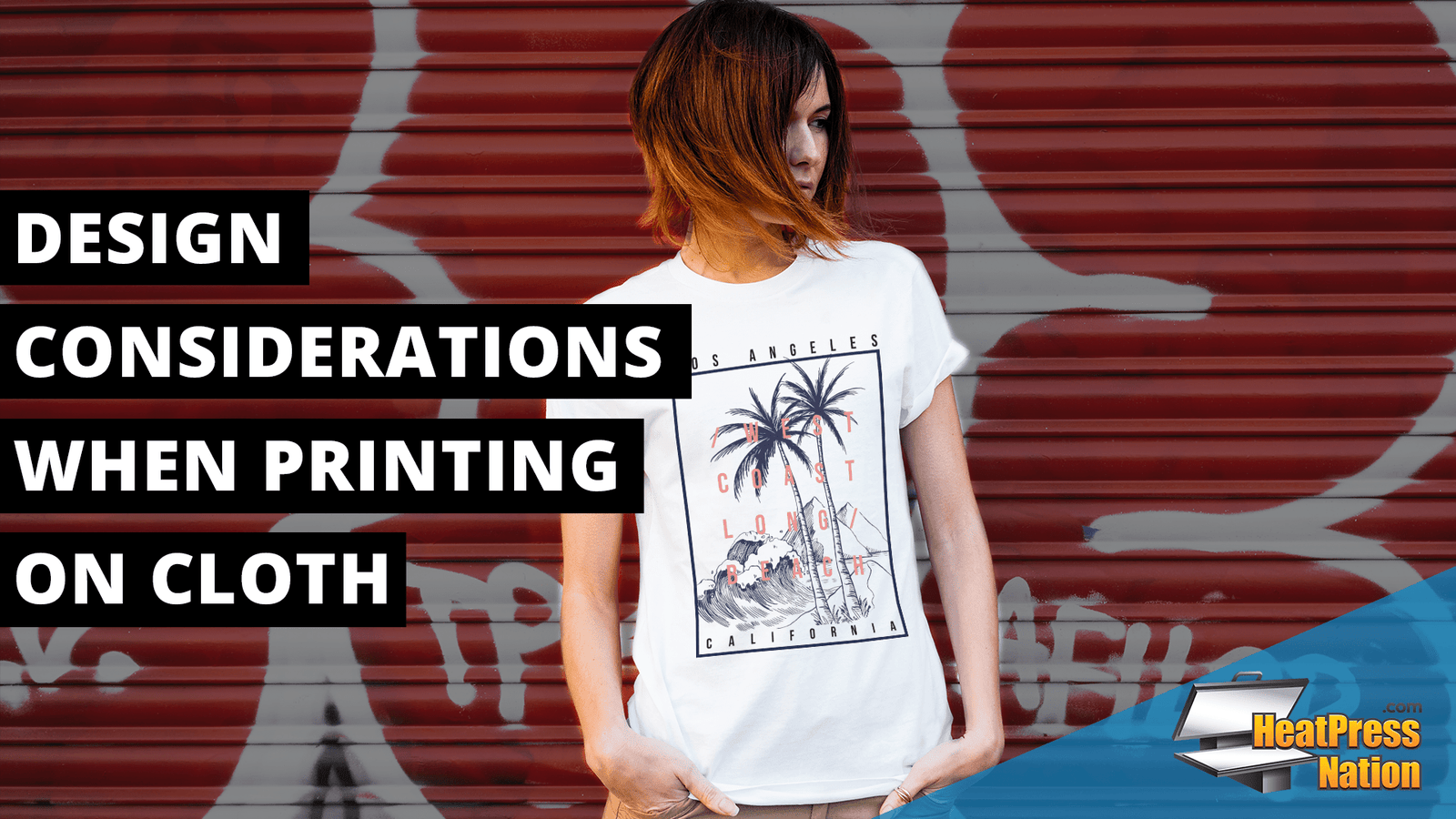It is important you achieve the best results when you print on cloth. This can be done if you follow a few simple rules. Screen printing enables you to match colors in all possible shades, variations, and tints possible. Other print technologies, like Transfer and DTG, cannot match such perfection. Compounding the problem is the variation of colors on longer print runs. Pixelated images and how to avoid it The price put on embroidery is determined by the stitch count. Higher stitch counts are more expensive than lower ones. If you are on a budget, stick to lower stitch count embroidery. The artwork to be printed must have a minimum 300dpi resolution. If you take a shortcut by downloading directly from the Internet, the lower quality will be apparent on the cloth. The Internet has a 72dpi resolution. It means the printed image will be a pixelated one. It is impossible to match the cloth image to exactly what you see on the computer monitor. Since different monitors have different color and brightness settings, the printed colors and their shades will be vastly different than what you see on the screen. The same image will look dull when it is printed. This is as the monitor is lit in the back. If you want a high-quality product, run a sample before you begin production. Special inks and gradients Special inks like metallic and fluorescent inks take longer to be processed so it is an excellent idea to ask for a few extra days to deliver a perfect product. Since screen printing is CMYK, it is tough to match Pantone shades when compared to the plastisol screen printing product. Make sure the color setting in Photoshop is CMYK and not RGB. The former is used only for printing and RGB for the World Wide Web. If you do a DTG image print with gradients, then it is recommended you print one sample first. This is as the printer reads gradients as shades and this could cause issues. This is the reason a white base layer gets applied before and gradients get printed with white background at the time of printing on to the colored cloth. It is recommended that you remove such gradients from the design. Screen printing of full colors needs artwork to be dispatched to be separated. This separation process is done with extra charge on a per color basis.


